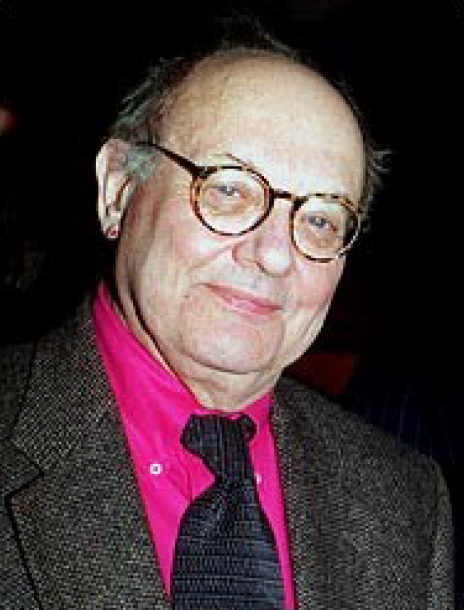The Postmodern era begins around the end of World War II, in 1945, and The Vietnam War: The Cold War, ‘55-’75. In the USA political and racial turmoil contribute to the reasons why Martin Luther King, President John F. Kennedy, and his brother Senator Robert F. Kennedy are assassinated. People learn to exchange naivety for harsh reality. Postmodern painting reflects trained artists’ responses. No longer dependent upon classical teachings, some artists begin to incorporate image-based commercial products and services. This collection of paintings illustrates the unleashing of artistic freedom.
Sol LeWitt (1928 – 2007) is born in Hartford, Connecticut, the son of Russian immigrants. The Wadsworth Atheneum Museum of Art, in Hartford, is his childhood go-to-museum.
LeWitt’s formal training in fine arts begins at Syracuse University. In 1953, after serving in the Korean war making posters for Special Services, LeWitt moves to Manhattan. There he attends the Cartoonist and Illustrator’s school.
Coincidentally, his career begins with the prominent architect I.M. Pei, whose office is across the street from The Wadsworth where this work is painted years later. A job behind the book counter, at the Museum of Modern Art, in New York City, draws Sol’s attention to Rauschenberg and Johns – also in the Postmodern collection.
Over the span of four decades the shy and unassuming LeWitt creates more than twelve hundred wall drawings. They range from spare pencil lines on white walls to complex geometries that deal with points, lines, angles, and surfaces.
Sol LeWitt helps to establish Conceptualism and Minimalism as dominant movements, of the post war era. His theoretical writings, in the late 60s on Conceptualism, achieve iconic status, as definitions.

Postmodern era. American, Conceptual movement (1980 – present) Former Beatle, John Lennon was shot by Mark David Chapman on December 8, 1980. The next day the gates around their home, in the Dakota apartment building, in New York City, turned into a casual memorial. This is the documentary of The Day John Lennon Died Part 1/3.
Early Conceptual art usher’s itself in as Post-World War II ends in 1945. This major movement remains relevant with the introduction of Installation, Video, and Performance Art.
LeWitt describes Conceptual art as arising “when the idea or concept is the most important aspect of the work. All the planning and decisions are made beforehand.”
He illustrates the point that anyone capable of following his instructions can construct his work. Watch “Sol LeWitt: A Wall Drawing Retrospective.” See his assistants working.
In this video – “Sol LeWitt: For All to See” - Crew manager and Project team members, who have been working ten weeks executing this grand plan, explain the process. LeWitt is always available by phone to answer questions.

Go on to Describe, Analyze, Interpret & Conclude. Contact me for help.
Wall Drawing #1131, Whirls & Twirls (2004. Acrylic paint on wall. Approx. 18 x 115 ft. 5 x 35 cm.). A bust of J. P. Morgan rests between the grand marble staircases before the archway to the grand salon below. Morgan is the benefactor responsible for this space.
Three levels of scaffolding are required to produce the work. No segment of color may touch another. The crew of six work at least two months, six days a week, in the summer of 2004, under Sol LeWitt’s assistants, Takeshi Arita and Jessie Good.
Courtesy of the San Francisco Museum of Art, Sol Le Witt speaks on working with assistants. LeWitt speaks of Conceptualism and his rejection of Minimalism.
The Wadsworth commissions the Wall Drawing #1131, Whirls & Twirls installation from LeWitt as a separate thing in the form of an “idea,” in a contract of ownership. Sol provides a separate diagram of instructions for his team to follow. If the physical “object” is destroyed, in the act of painting it out, the “structure” can be recreated repeatedly, by the owner.